
Software development technologies are constantly changing and evolving. However, keeping your development team up to date is a big challenge for many corporations. But, adhering to best practices for software development can do so.
If you want to deliver top-notch and high-performance apps for your clients, you must ensure you have the best development team. Therefore, it’s necessary for you to consider whether your development team is adopting modern software development practices.
Developing software is not a cup of cake for everyone, but following good quality practices helps you take your business to the next level.
In this blog, we created a list of the top 10 practices for software development you should follow in 2023 to release a product that is free from bugs.
Top 10 Software Development Best Practices
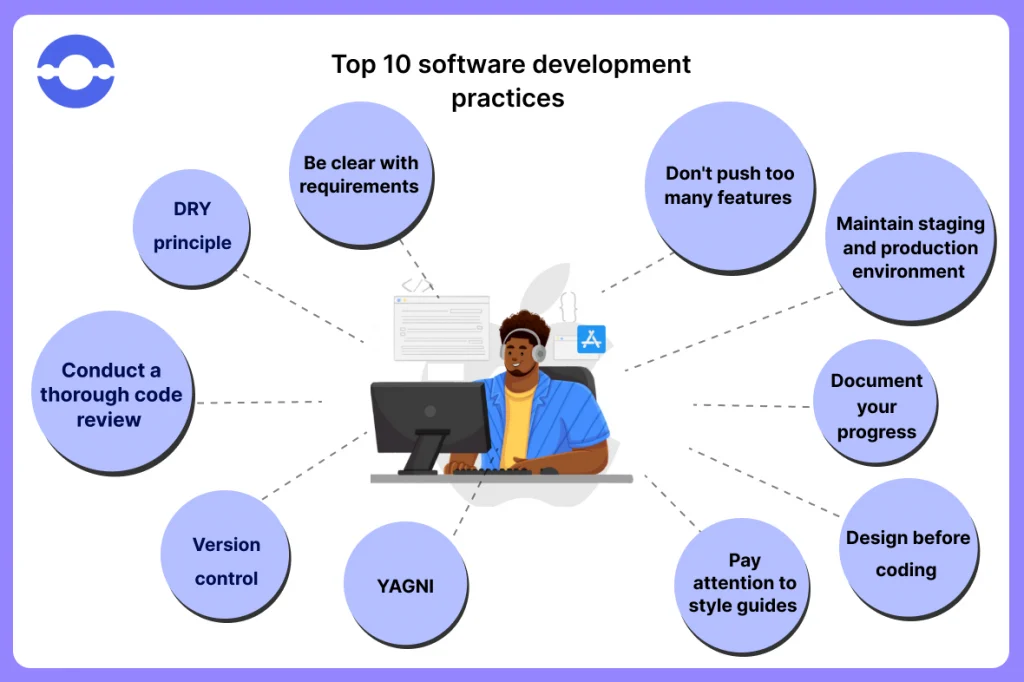
1. Be Clear With Requirements
One of the best practice in software development is keeping a software requirements specification document (SRSD) and Business requirement document (BRD) handy.
The SRS document is a manual of the project which includes various details such as purpose, nature of software, and requirements of the software to be developed.
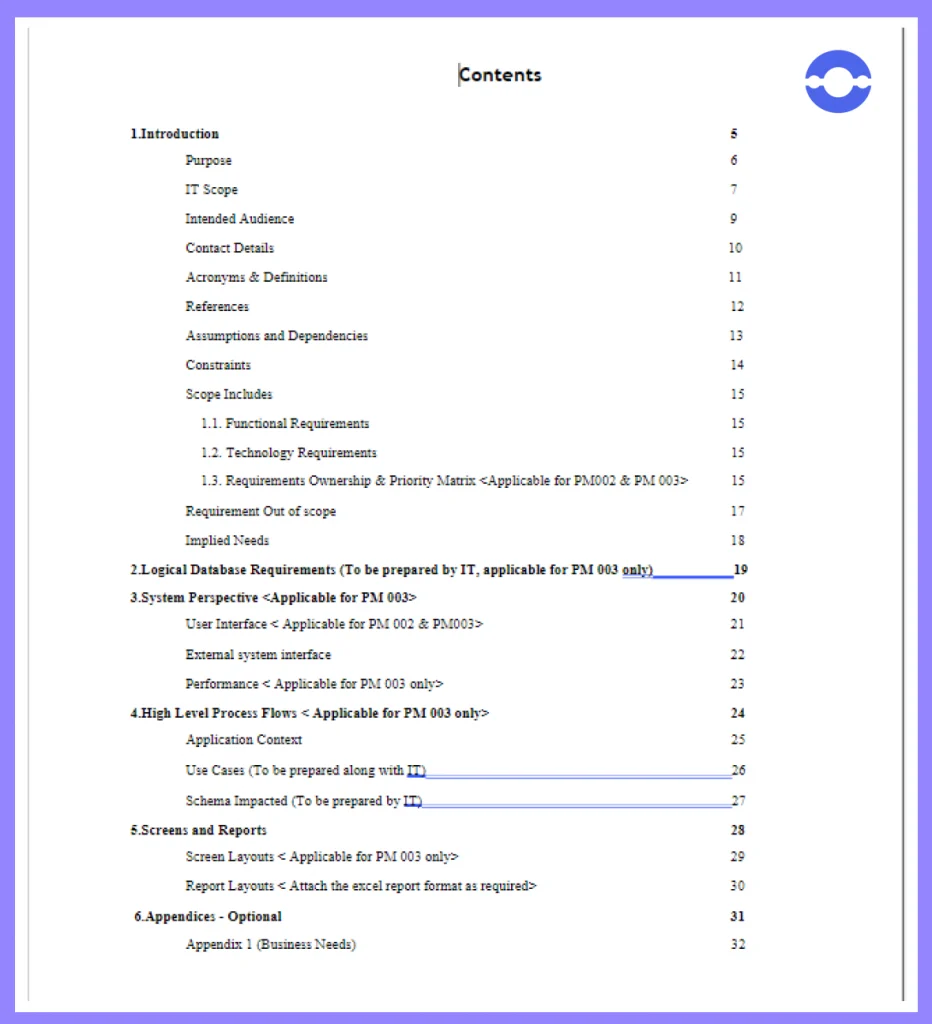
This document includes various elements:
- What’s the purpose of digital products?
- Describe software and its intended users
- Describe the functionalities of the product, which includes features, limitations, and capabilities of the product
- It covers requirements related to the performance of the product
- Non-functional requirements
- External interfaces
SRS document provides a comprehensive view of what the software will do and how it will perform.
So, the requirements mentioned in the SRS document serve as a catalog for stakeholders, designers, and engineers that everyone is working towards accomplishing the same goal and facilitating seamless communication with the team.
While the business requirement specification document provides a comprehensive overview of the needs and expectations of clients. The upper and middle-level management creates BRD at the beginning of the project lifecycle.
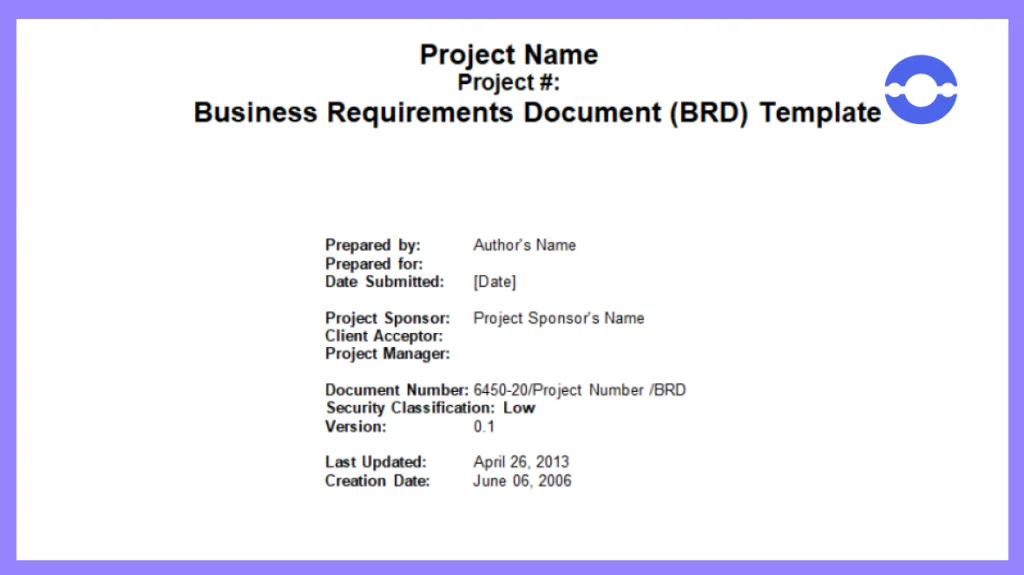
To sum up, it covers the details related to the project and what the business is trying to achieve (aka, what problems the business wants to solve).
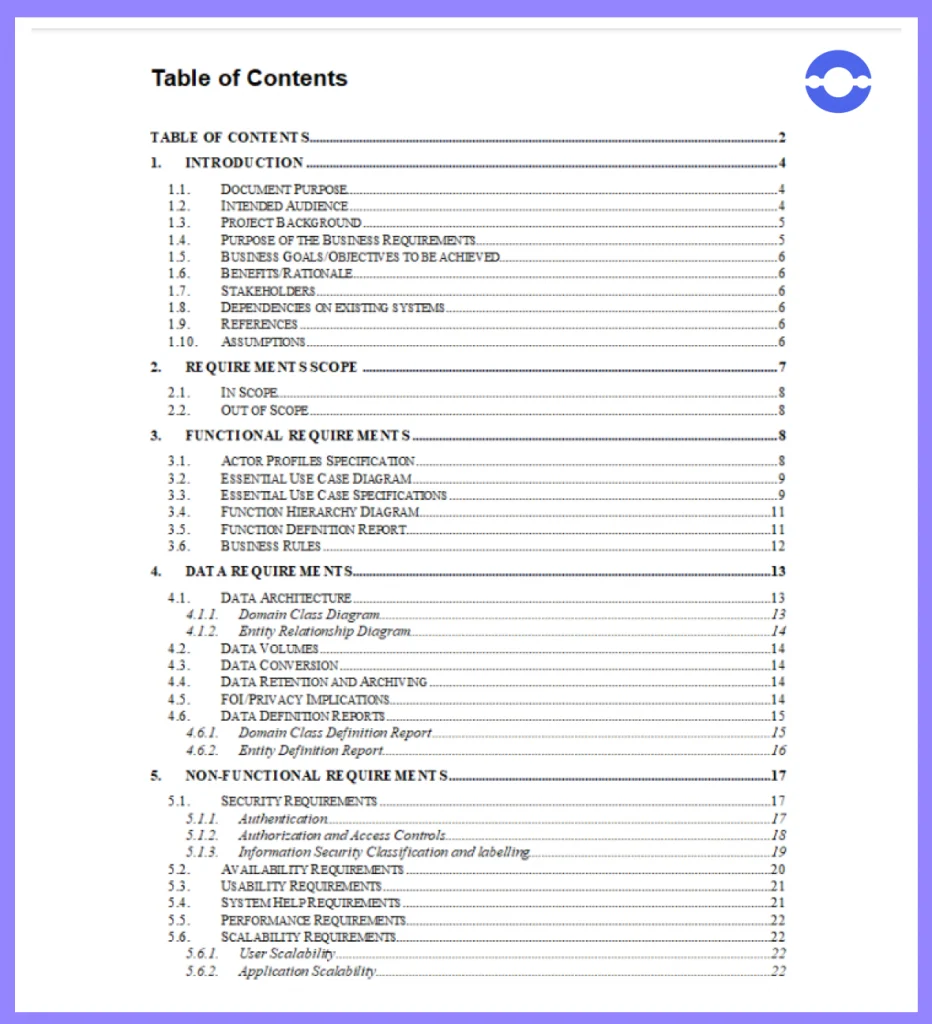
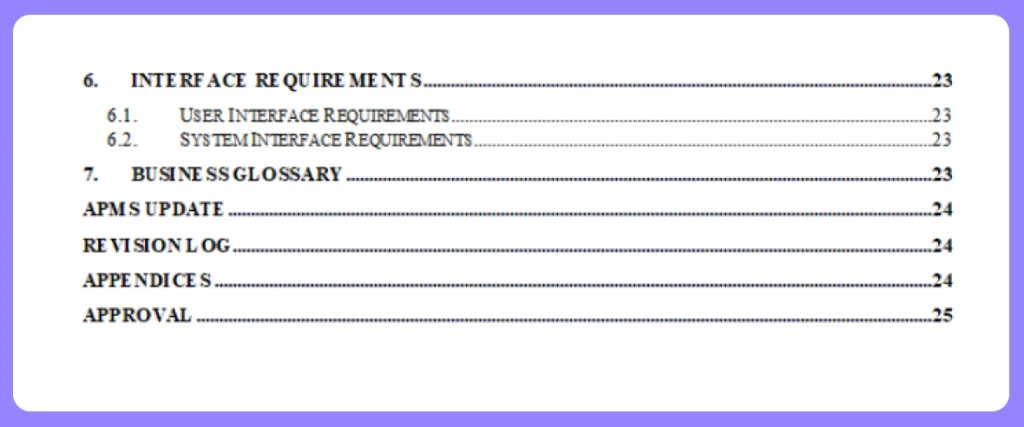
2. DRY Principle
The acronym of DRY stands for Don’t repeat yourself”.
Andy Hunt and Dave Thomas coined the term “DRY principle” in their book “The pragmatic programmer.”
This principle states, “Every piece of knowledge must have a single, unambiguous, and authoritative representation within the system.”
As the name suggests, as a developer, it’s bad practice to write duplicate code because code duplication is difficult to maintain.
So, avoid writing the same code and reuse it as and when possible.
Before adopting the DRY principle-
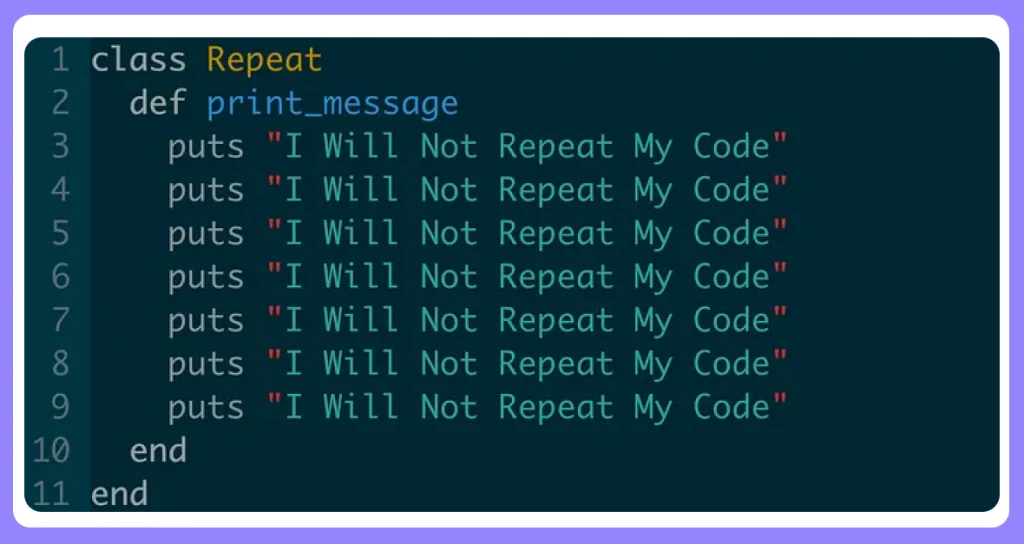
After following the DRY principle
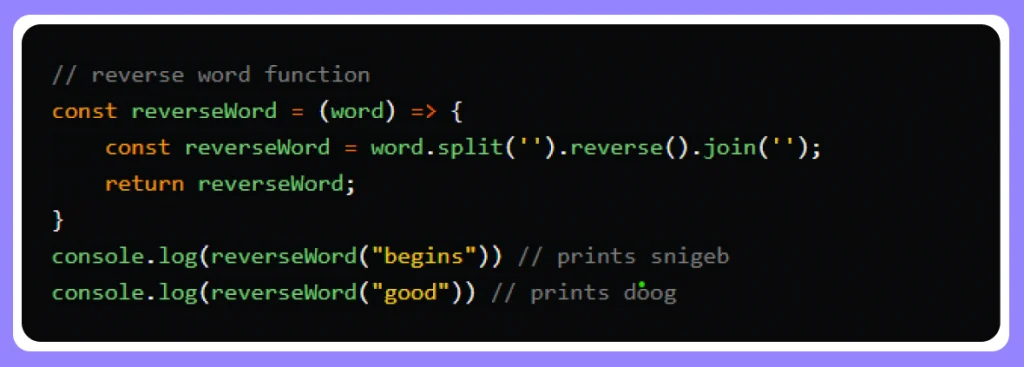
It is one of the modern development practices because it signals to developers about minimizing the repetition of all kinds including data, code, and documentation.
The DRY principle makes the code easier to understand because it focuses on creating modular, reusable components that can be reused across different parts of the codebase.
Imagine a scenario where you are programming an app about throwing a ball at your dog once an hour.
But would you write the code 24 times about locating and throwing the ball? Instead, you write the code “throw. Code“.
As a developer, if you are practicing the below-mentioned ways, it violates the DRY principle. These are as under-
- Writing similar code multiple times in the same codebase
- Documentation is not up-to-date, and it’s not consistent with the code
- Lack of refactoring
Duplicating is a waste because adding an unnecessary amount of code to the codebase leads to the increasing amount of work you are required to do in the future; code duplication accounts for poor code quality and is a waste if it can’t be automated.
3. Conduct a Thorough Code Review
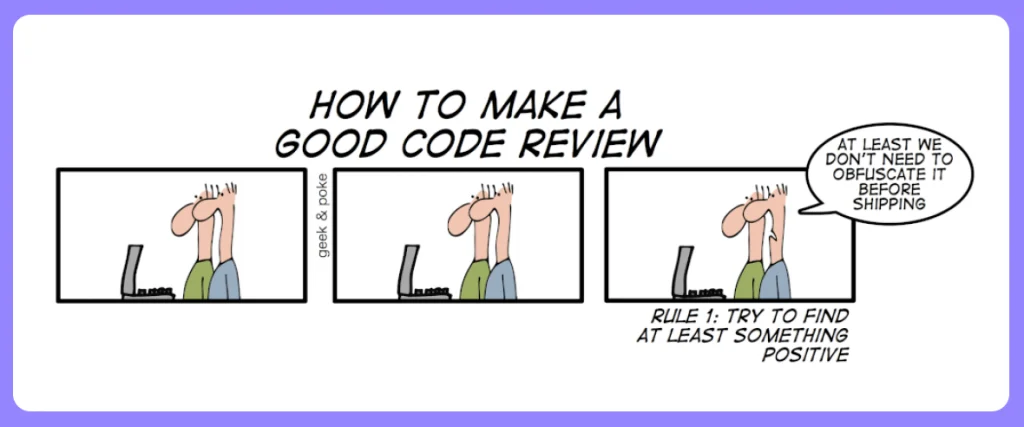
If someone has told you – Write a perfect code.
There’s never a term like writing perfect code. Every process needs a code review, and developers should adopt this development practice in 2023.
Code review means when a fellow developer reviews your code or examines someone else’s code to identify flaws.
It is often considered the best practice in software development as conducting regular code reviews is important to identify potential issues, improve the quality of code and take off your load when optimizing your code.
Reviewing the code is an indispensable part of the software development process as it ensures that it meets software standards and aligns with the project requirements.
You can perform code reviews either manually or with the help of automated tools.
Read More: Best Tips For Improving iOS Code Review
4. Version Control
Version control system is one of the best practice in the software development lifecycle.
If multiple developers are working on the same project, then the version control system allows them to track and manage changes in the software.
It provides seamless collaboration to developers as one developer can identify and rectify bugs without disrupting the work of team members.
Various version control tools are available to developers, such as Git (responsible for maintaining code efficiency) and GitHub (open-source development).
Thus, developers can quickly access previous software versions without interrupting developers’ current work.
5. YAGNI
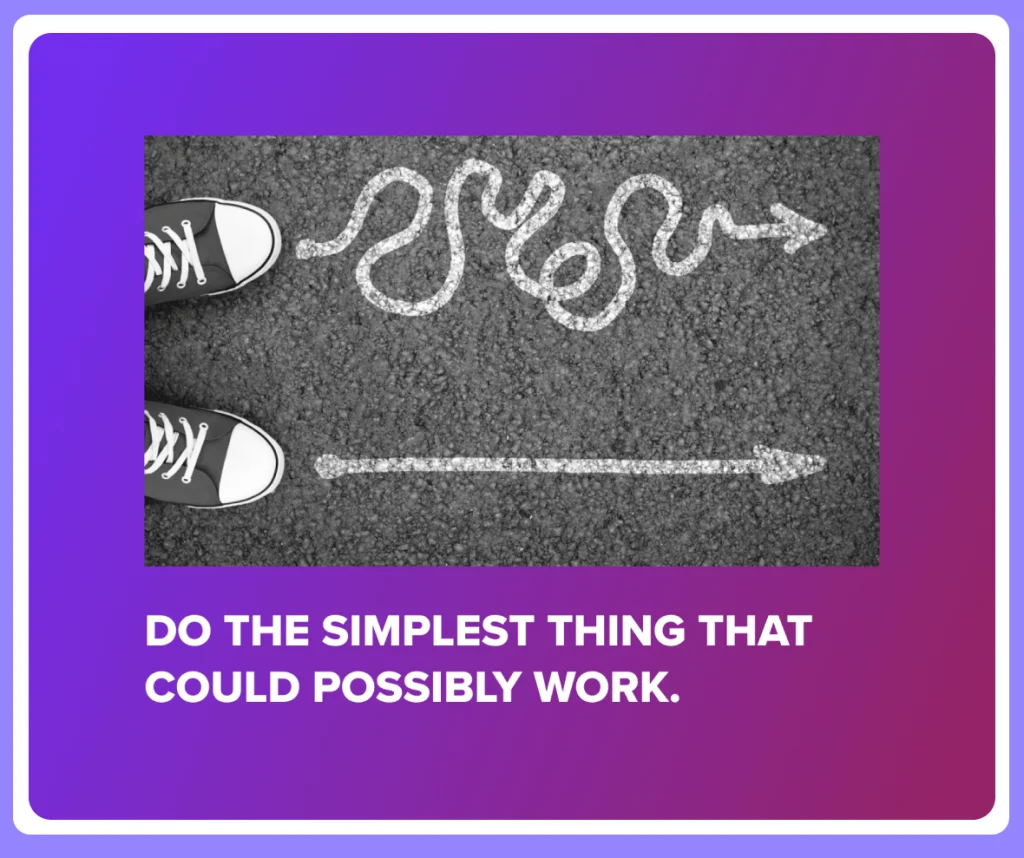
Another quality practice that software developers should give adherence is the YAGNI methodology. The acronym of YAGNI stands for “you aren’t going to need it”.
Keep the code base manageable, and don’t try to add functionalities that are not necessary.
Ron Jeffries (Cofounder of Extreme Programming) says –
Don’t add functionalities simply because you think you may need it someday; implement them when needed.
So, never write code based on imaginary future conditions because future use cases work differently than you imagined.
Adding unnecessary functionalities in the software development process creates challenges for developers, such as making code harder to understand, maintain and introducing bugs.
This principle is 100% applicable in agile because it suggests that the development team should focus on the current iteration, not on future ones.
Moreover, this development practice optimizes the performance of developers as they can focus on delivering current requirements effectively without spending time and money on overengineering things.
6. Pay Attention to Style Guides
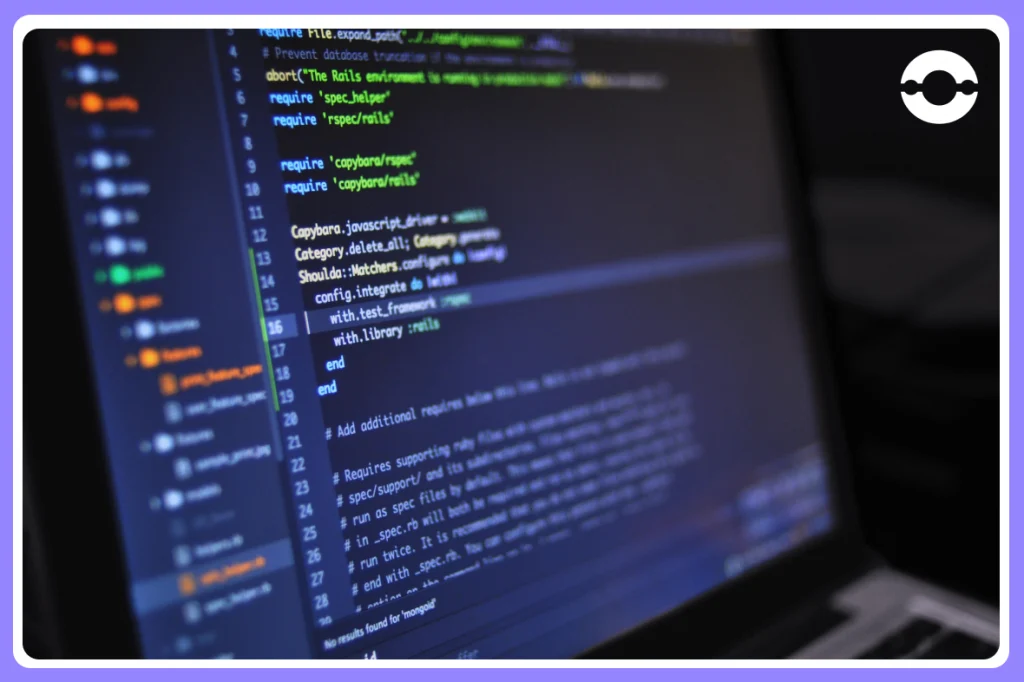
Paying attention to the style guide is a best practice for software development to ensure code consistency and maintainability.
Style guides make the code more readable, and if you are not following style guides in your computer programming, then it’s not the case that your code might be affected.
But if you are working with code that does not follow style guides, it makes the development process time-consuming and tedious.
A style guide ensures that your code looks the same so that the reviewer can spot differences in principle on the go.
A coding style guide ensures that developers write consistent code, which is readable, easy to understand, and maintainable in the long run.
Confining to style guide practices reflect that the code was written by a single person, even if hundreds wrote it.
A good style guide always covers the following things-
- Language guidelines
- Naming conventions
- Formatting
- Coding standards
- Language feature guidelines
Thus, a style guide enables developers to write consistent code, improving code quality and reducing the likelihood of introducing bugs in code.
7. Design Before Coding
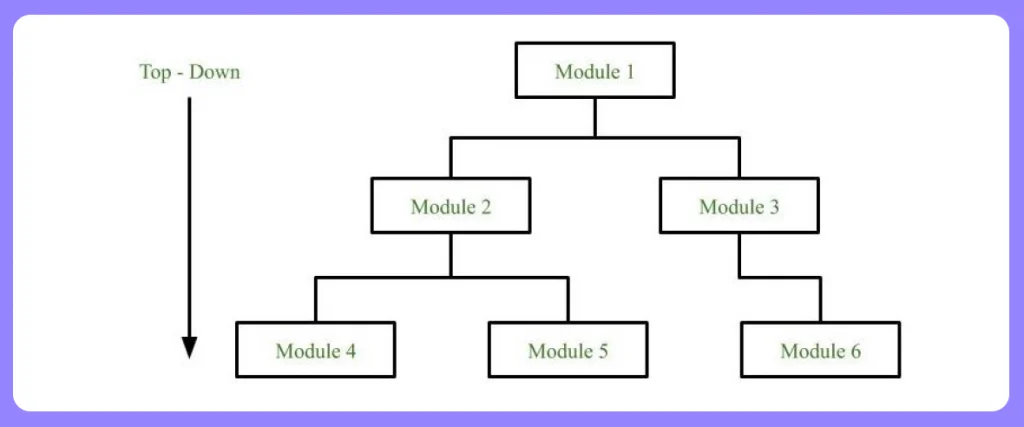
Designing before coding involves creating a detailed plan of software functionalities before writing any code.
Following such a quality practice ensures that software fulfills the expectations of users and stakeholders.
Creating a software design is important before coding because of 2 reasons-
- Throwing a code is more expensive than throwing away the design. If you jump straight into coding, it’s like developing a building without a plan.
- The final product will be better because software development begins with an idea. Once the idea is fleshed out, designers create high-fidelity mockups. So, the final product becomes better once it goes through various iterations.
When you design before you code, you can identify various problems in the development phases, saving you effort as you avoid making code that will never be used.
Moreover, software developers can use various design techniques, including prototyping, wireframing, and creating mockups allowing them to visualize the software design before writing code.
Failure to create a design document makes the developers lose more time because they have to figure out why bugs are appearing in the code.
8. Document Your Progress
Documenting your progress is one of the best software development practice in 2023.
Developers need to do necessary documentation to keep track of their work, including code changes, keep track of their progress, and have a record handy to ensure what they have done.
There are various forms of documentation, including comments in your code, comment messages, project notes, user manuals, etc.
Documentation provides several benefits to developers including-
- Developers can avoid making mistakes in the future when they document their progress. This way, they can learn from past mistakes and improve their work.
- It ensures smooth collaboration between fellow developers as other team members can understand your work.
- It helps you to identify trends in your work.
- It facilitates knowledge sharing from one developer to another. For example – There might be a situation when the developer leaves your company or project, and a new developer is onboarded.
- It provides various insights to developers about how software is designed, works, and can be updated, modified, or fixed.
9. Maintain Staging and Production Environment
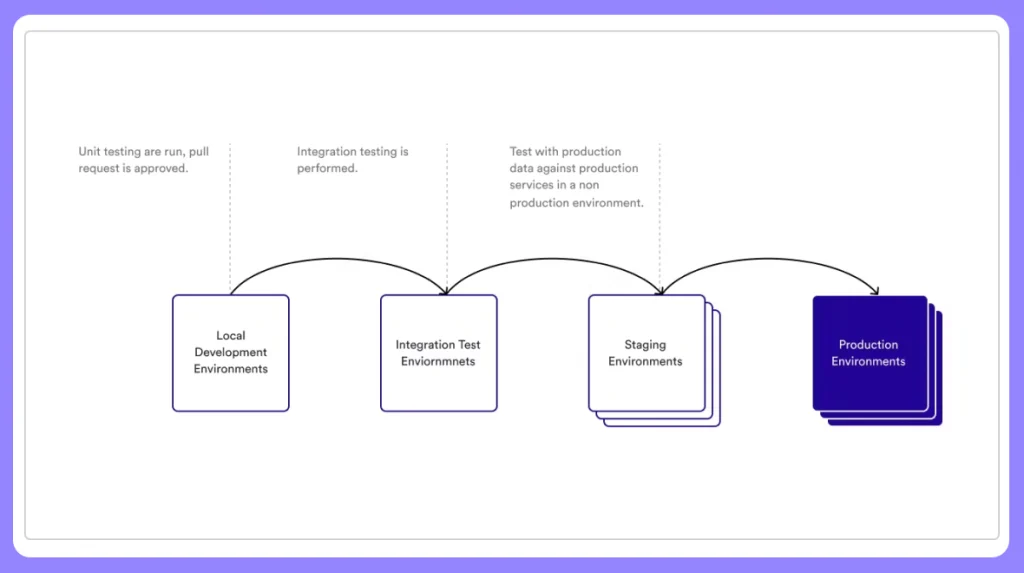
A separate staging and production environment is crucial for ensuring the successful development of software.
In a staging environment, developers can test the software, debug issues, and perform performance testing without impacting the overall user experience.
It looks like a mirror of the production environment as all the system changes occur internally, and software developers are free to experiment with the system. In the case of a staging environment, developers can rectify the bugs before releasing them to the production environment.
Moreover, the staging environment should ensure that the production code should be as best as possible as it allows the development team to ensure that the desired outcomes of the changes in the app can be put into the hands of users.
If you don’t implement a staging environment, you won’t be able to catch bugs or issues, and you may end up releasing a new version of the application, which is not working effectively.
It would lead to a negative user experience, application rollback, and substantial waste of time and effort.
10. Don’t Push Too Many Features
You may come up with adding more and more features to your app.
Why? Because you love your users and want to excite them.
Adding unnecessary features to your app might make your app worse. Instead, balance your app features with refactoring code.
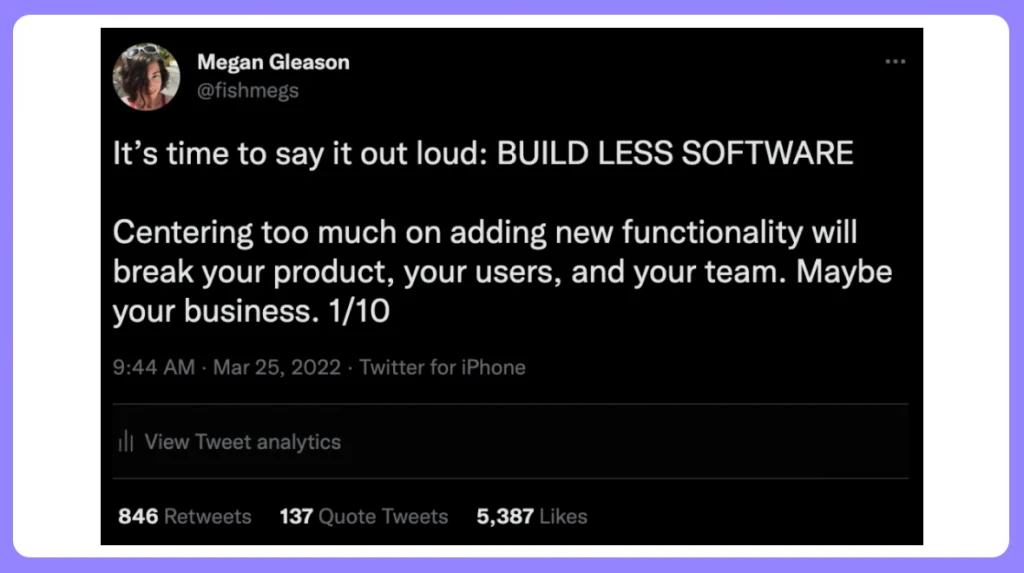
As the software grows bigger and bigger, models may change, and code structures evolve. Ignoring such issues may create technical debt.
So, if you keep on adding way too many features to your app, it will do 3 things-
- Overwhelm your users
- Increase your app’s complexity
- Introduce more bugs in software development
Here, everything will be muddled up as you may end up dealing with the design, development, and delivery of low-quality features which provide little to no customer experience.
To Sum Up
Following quality software development practices increases the efficiency of your software developers and helps them develop successful digital products.
Adhering to such practice for software development gives you the best out of your development efforts and delivers positive results for your business. Such practices ensure that your software development team is meeting your customer expectations.
The development practices and methodologies mentioned above help you smoothen your development journey and, at the same time, develop better software products for your clients or end users.
Do you have any questions about creating successful software products for your business? Then, we are here for you.
Say Goodbye to your software development-related concerns.
We at BigOhTech add value to our clients by creating next-generation software solutions that keep your business ahead. With a dedicated team of custom software development professionals, we are here to turn your ideas into digital products.
Do you want to start your next development project with us?
Then, connect with our qualified software developers by heading to the contact us section on our website.




